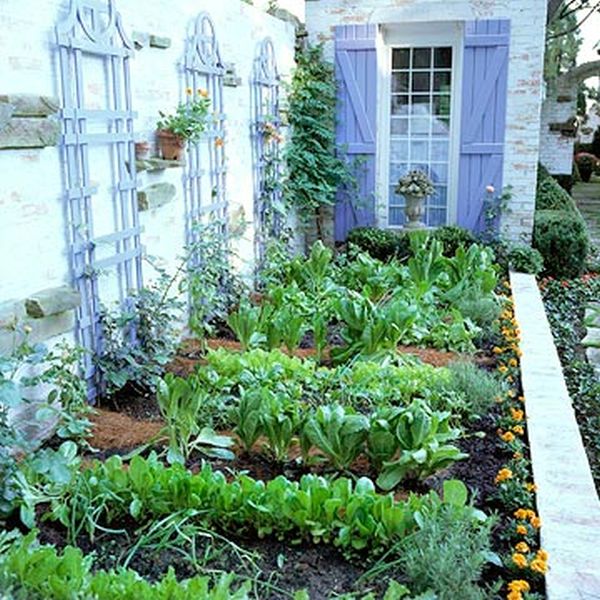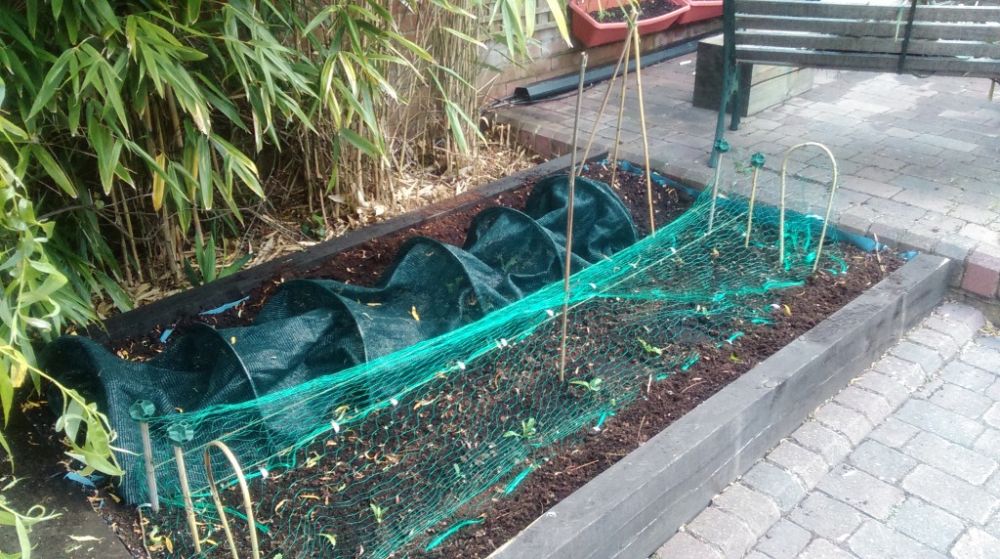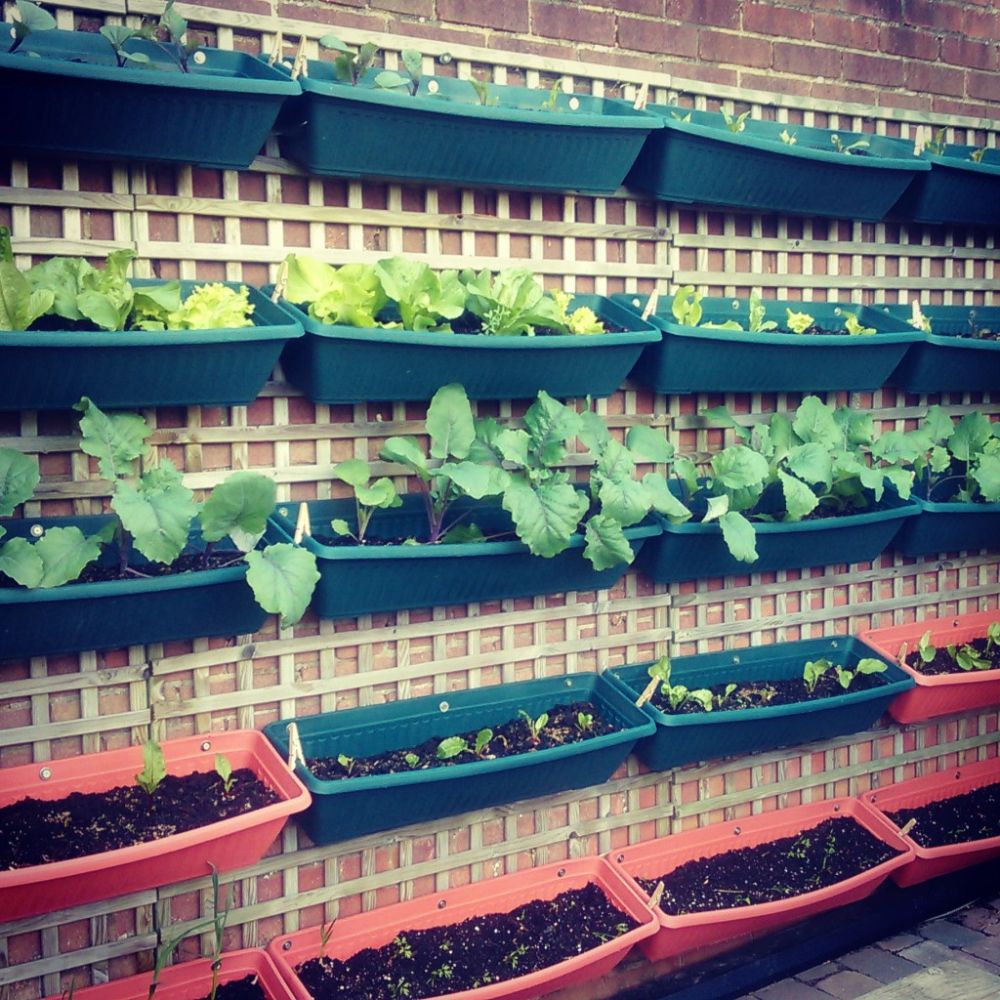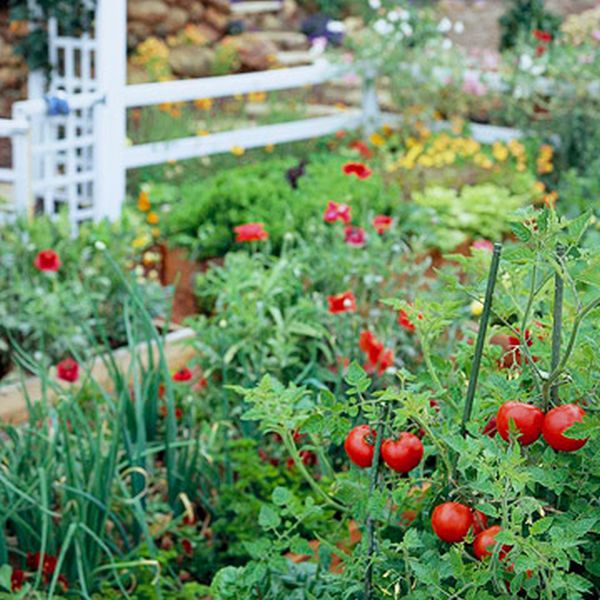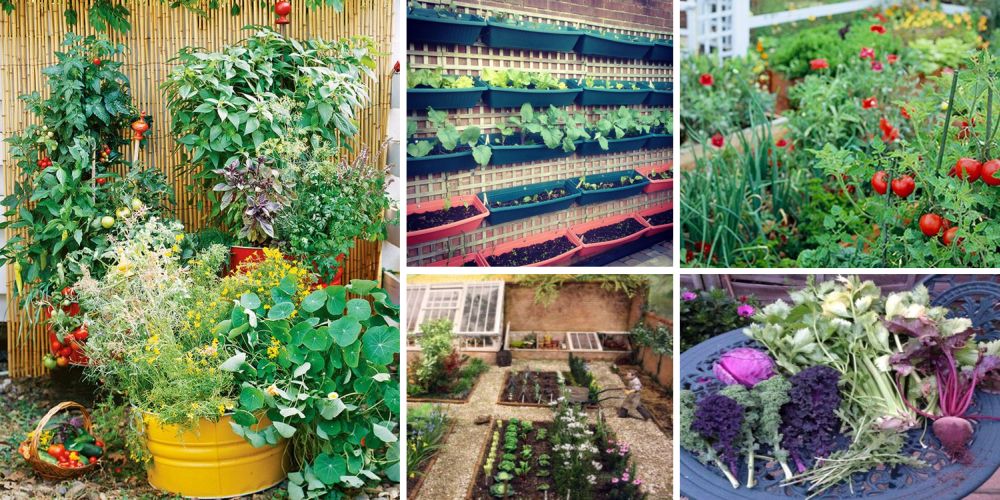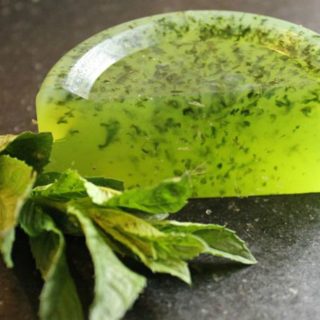Starting a vegetable garden at home is a great way of saving money and enjoying the fruits of your labour with your children. There’s nothing more satisfying then harvesting your carrots, potatoes, peas, and lettuce knowing that you grew them all by yourself. Not only that, but you’ll often find that the varieties of fruit and veg that you grow yourself produce a better flavour than those you can buy at your local store.
What’s even better is that you can plant fruit and vegetables together to create the ideal companion plants. This way you can naturally ward off pests and diseases that might strike your crops without resorting to the use of pesticides.
So how does one go about starting their own vegetable garden?
Read on to find out.
To begin with when you’re deciding on what vegetables to sow, it’s best to start out small. Newbie gardeners often find themselves getting too excited at the beginning of the season and sow out more than they need. This means they tend to find themselves with more food then they need and end up wasting what they’ve spent many months tending to.
Before venturing out to buy all the vegetables you can find, take a look at how much your family eats when planning your vegetable garden. Bear in mind that vegetables such as tomatoes and peppers will keep providing you food throughout the season, so you may find that you don’t require too many of these plants. On the other hand, vegetables such as carrots, corn, and radishes only produce once, so you will need to plant these throughout the season to have a constant supply.
Once you know what it is you want to grow your next step is deciding on how much space you require to do it. It’s important to remember, though, that you should take into account the time you will have to tend to your crops. A large space is not required to begin with particularly, if you’re just starting out. If you decide to grow in containers you don’t even require a garden as a deck, balcony or even the side of a wall will provide sufficient space.
How to plant the perfect garden at home
Now that you’ve decided on what you want to grow and the space you require you need to determine the perfect spot for your needs. There are three basic requirements for successful crop growing:
- Full sun – most vegetables will require direct sunlight for around 6-8 hours each day to produce as much food as they can. If they don’t receive maximum sunlight they might be susceptible to disease and attacks from pests.
- Plenty of water – most vegetables aren’t drought tolerant, so it’s vital that you give them enough water during dry periods to ensure they don’t die.
- Good soil – success often starts with the soil, so it’s a good idea to pay attention to your soil before starting your vegetable garden. In most cases, vegetables tend to do best in soil that is moist, free draining and rich in organic matter such as peat or compost.
VIEW IN GALLERY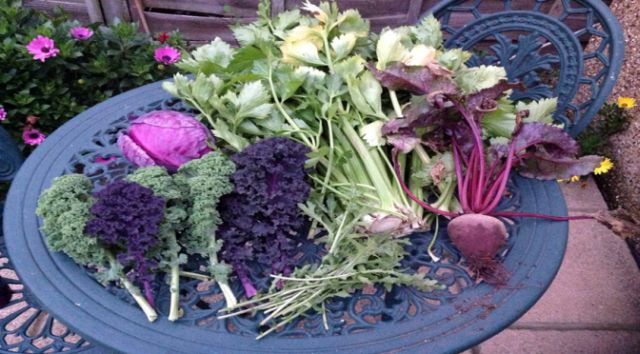 The best part about growing your own vegetables is when you get to harvest your food to eat. Many vegetables can be harvested at several stages. Lettuce, for example, can be picked as young as you like. Simply snip the leaves and it will continue to grow and produce more leaves.
The best part about growing your own vegetables is when you get to harvest your food to eat. Many vegetables can be harvested at several stages. Lettuce, for example, can be picked as young as you like. Simply snip the leaves and it will continue to grow and produce more leaves.
The general rule to follow is that if it looks good enough to eat, it probably is.
Give it a try, you deserve it after all the hard work you’ve put into them.

